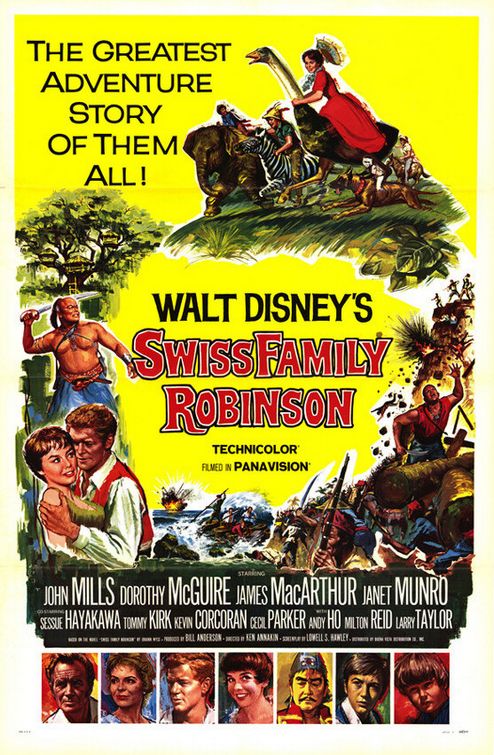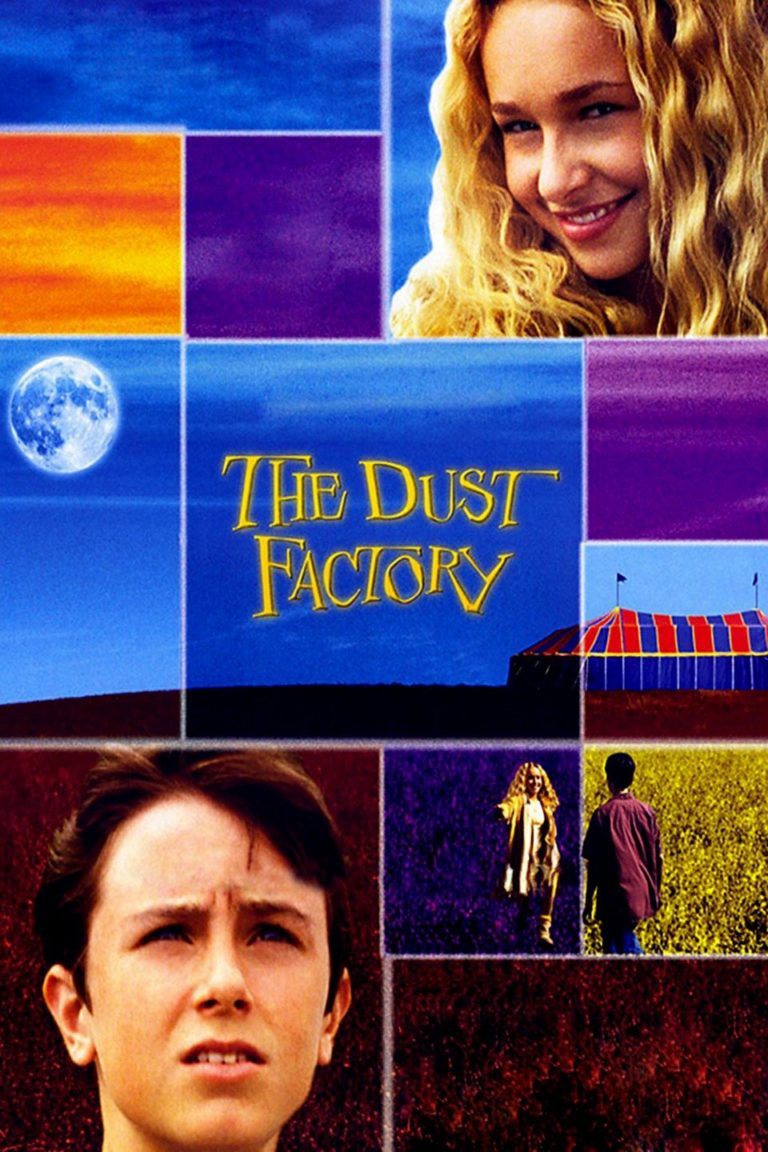“Dust to Dust”

| None | Light | Moderate | Heavy | |
|---|---|---|---|---|
| Language | ||||
| Violence | ||||
| Sex | ||||
| Nudity |
What You Need To Know:
THE DUST FACTORY asks questions that every young person wants to know about. . . What is death? What is life? What does the future hold? It considers these great issues in a gentle and kind way. It would have helped, however, if there had been more references to God and His Grace, and less existential, Jungian philosophy. The acting by everyone is well done. Although there is very little actual violence in the movie, there is enough tension between good and evil to create interest. In reality and in the movie, of course, it is Satan who resides in the dust factory, not us.
Content:
(C, H, FR, L, V, A) Very light, redemptive worldview, slightly confused by ambiguous, anthropocentric elements, existential and Jungian philosophy, and the notion of a Purgatory-type netherworld; seven obscenities and no profanities; flashback of man killed by train, nothing gory shown, discussions of death, people jumping into dust or to heaven, boy falls off railroad bridge, and suggestion of drowning; two brief, innocent kisses; no nudity; and, possible alcohol use.
GENRE: Fantasy
More Detail:
It opens with the death of Ryan’s grandmother, and his musing that everybody he loves is dying off. He reflects on the death of his father, who used his truck to push Ryan (Ryan Kelley) and his mother’s car off a railroad track, and then he himself got stuck and was hit by the train himself.
Ryan has been mute ever since the death of his father. His grandfather, played by Armin Mueller-Stahl, has Alzheimers, so he is also mute.
One day, while playing with his friend, Ryan falls through the railroad bridge trestle and finds himself in a netherworld with his grandfather and a young girl named Melanie (Hayden Panettiere). Both he and his grandfather talk in this world. This seems like a beautiful world, but there is no growth, no progress and apparently no hope. Melanie takes Ryan to the Big Top, where people can decide to take a trapeze leap of faith. If they fall, they crash and become dust and return to the real world; if they succeed in their jump, they go to heaven.
All of this seems to be posited on a discussion with his friend that Ryan had before he fell off the railroad bridge. In that discussion, his friend talked about God. He told Ryan to not even think about being an atheist. He said that if there wasn’t “a God, the world would be harsh.”
Subtle suggestions in the netherworld by Ryan’s grandfather suggest that Ryan needs to believe, but the story is structured in such a way that it seems as if Ryan could save himself. Eventually, Ryan takes the leap, and surprising things happen.
THE DUST FACTORY asks questions that every young person wants to know about. . . What is death? What is life? What does the future hold? It considers these great issues in a gentle and kind way. Were it not for the statement about God in the beginning, the movie could be seen as a cross between an existential mediation and a Jungian symbolic worldview. Therefore, it would have helped if there had been another reference to God and to grace.
Adults will appreciate many of the values being taught in the movie, but teenagers may find it too slow and too sweet. THE DUST FACTORY could serve as a Bible Study lesson, with the appropriate study guide.
As it is, the movie is slightly Jungian in its images, because of its use of creative imagination and spirituality. Although the netherworld where most of the action occurs seems “surreal”; in fact, it is a place fraught with reality – perhaps a place more real than the “real world.” When Ryan dropped into the water, he entered a place that is inhabited by the collective and personal unconscious – a place that Jung believed is ultimately more real than the conscious world we inhabit. In that world, Ryan was on a quest to answer his own unspoken question (“What’s the purpose of living in a world where death claims everyone?”) and his friend’s spoken question (“You do believe in God, don’t you?”). Ryan’s entry into his quest gave him his voice back.
This is a great message to give pre-teens and teens. They are struggling with the death/purpose/meaning of life conundrum. Our world is a destructive place and they feel out of control and powerless. Self-destructive behaviors are on the increase (alcohol, drugs, cigarettes, illicit sex, and driving without seat belts). Ryan engages in some risky behaviors (rollerblading in the middle of the street and crossing a rotting bridge), but the power given to him was the power of his own voice which came from inside himself.
Ryan encounters three symbolic people or archetypes: the Wise Old Man, The Ringmaster (evil), and Melanie, the child who never wants to grow up. Melanie makes several references to Peter Pan and Neverland. The struggle for her soul with The Ringmaster is really the struggle for Ryan’s soul. In this moment, Ryan becomes a Warrior (one of his ice hockey heroes). This depicts a rite of passage moment – boys are not Warriors, men are. The Wise Old Man helps him on his journey. Even this archetype is a picture of Ryan, especially because it is his grandfather. This can be Ryan’s future, since wisdom is his birthright.
Of course, Ryan has another part of his birthright: a father who could save his family, but not save himself. Therefore, there is tension around whether Ryan will also be destroyed.
The connection between Ryan and Melanie was strengthened in the movie when she finally accepts reality, that she has to grow up and not defy the laws of nature. As she falls into the water, Ryan bursts out of the water.
The railroad tracks that Ryan had to cross to get to the dust factory, symbolize his fear of physical death. “Ride your demons, or they will ride you.” Not good enough, though. Ultimately, he had to face his fears of eternal death in the tent with The Ringmaster. It seemed like the scene with his father was key in allowing him to face the Ringmaster.
The acting by everyone is well done. Mueller-Stahl is a real gem. Hayden Panettiere just lights up the screen by her mere presence. She personifies the innocence of the soul in this movie.
There is very little actual violence in the movie, but there is enough tension between good and evil to create interest. In reality and in the movie, it is Satan who resides in the dust factory, not us.


 - Content:
- Content: 




